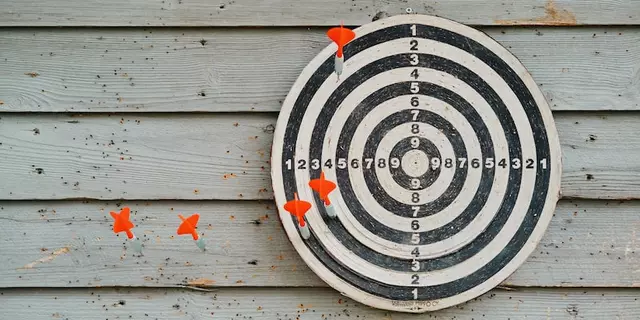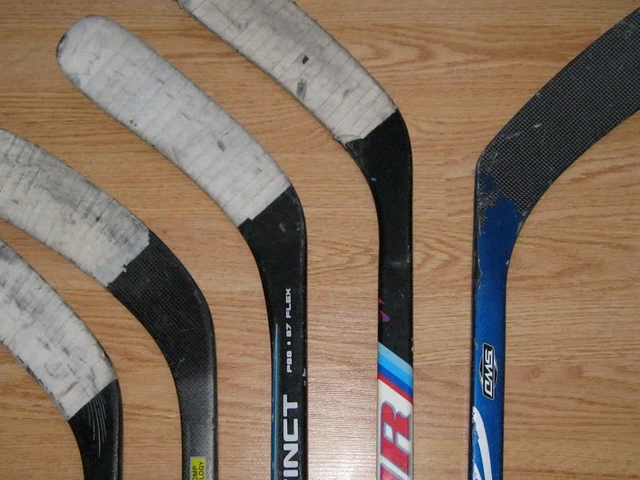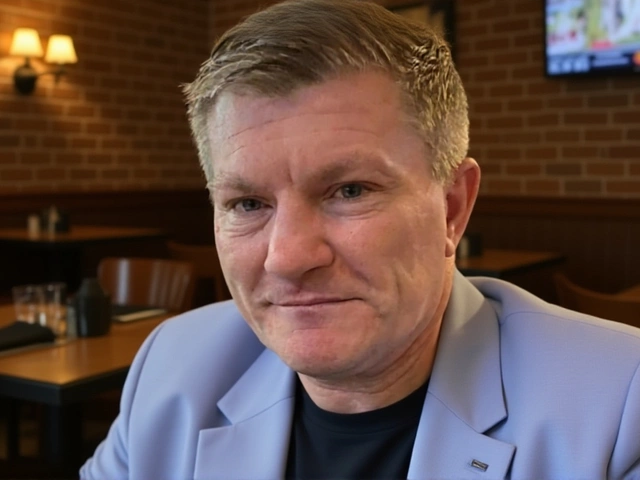Skating Essentials for Swindon Hockey Players
If you want to skate better, you don’t need a miracle – just the right tips, gear, and habit. In hockey, skating is the foundation for everything else, from defending to scoring. Below you’ll find straight‑forward advice on choosing skates, caring for blades, and drills that bring real improvement.
Choosing the Right Hockey Skate
Two names dominate the market: CCM and Bauer. CCM skates feel stiffer and give more ankle support, which helps you stay stable when you power out of the zone. Bauer skates are a bit softer and often cheaper, making them a good starter option. The best choice depends on your foot shape, playing level, and budget. Try both on in the shop, bend your knees, and see which one lets you glide naturally without pain.
Don’t forget to check the fit. There should be a snug feel around the heel, but no pressure points on the toes. A good fit reduces fatigue and lets you push harder during long shifts.
Blade Care – Keep ‘Em Sharp
Sharp blades are the secret to quick starts and tight turns. A dull edge makes you slide instead of cut, and you’ll lose confidence. After every session, wipe the blades with a dry cloth to remove moisture, then store them in a dry place. If you notice a dull spot, run a sharpening stone or take them to a local shop – Swindon has a few reliable options near the rink.
Pro tip: set your sharpening angle to 1° for a balance between speed and control. Too aggressive (0.5°) makes you fast but unstable; too flat (2°) gives extra grip but slows you down.
Quick Drills to Raise Your Speed
Practice is useless if you repeat the same motions. Mix up your routine with these drills:
- Stride Length Drill: Skate down the rink focusing on taking longer strides. Pause at each blue line and count how many strides it takes to cover the distance.
- One‑Foot Glide: Push off with one foot, glide on the other for ten seconds, then switch. This builds balance and edge control.
- Stop‑Start Sprints: From a standing start, sprint to the red line, stop hard with a hockey stop, then repeat. The goal is to cut your stop time by a fraction each repeat.
Do each drill three times per practice and track your times. Small gains add up fast.
Maintaining Your Skates
Besides blade care, the boot needs attention. After each game, let the skates dry completely – moisture can break down the inner lining. Use a boot dryer or stuff them with newspaper overnight. Inspect the laces for fraying and replace them regularly; a broken lace can ruin a shift.
Keep the tongue clean and free from dirt. A dirty tongue can cause pressure spots that lead to blisters. A quick wipe with a damp cloth after each session does the trick.
Where to Find Help in Swindon
Swindon Hockey Central connects you with local coaches, skate fitters, and rink schedules. Join our Discord group to arrange group blade sharpening sessions or swap tips on skate brands. Our members often share discount codes for CCM and Bauer gear, so you can snag a good pair without breaking the bank.
Remember, skating gets better with consistent work, the right gear, and a bit of community support. Follow these basics, stay patient, and you’ll see faster, smoother strides on the ice in no time.
Skating on ice is a fun way to exercise, but what type of skates should you use? Hockey skates and figure skates are both popular, but which one is easier to use? Generally, hockey skates are more beginner friendly than figure skates because they are more stable and have a deeper cut for better maneuverability. However, figure skates are more lightweight and allow for more control and more complex tricks. Ultimately, the best choice for you depends on your skating goals and preferences.
Read more





